Certified Technicians Safely Repair Bumper Reinforcement
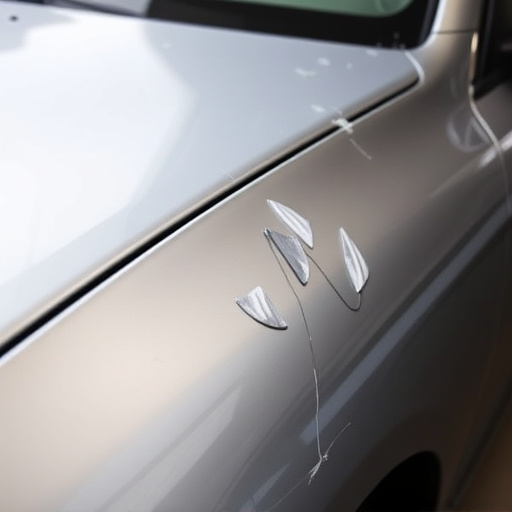
Bumper reinforcement repair, crucial for vehicle safety, especially in classic car restoration, is p…….
Welcome to an in-depth exploration of bumper reinforcement repair, a critical aspect of automotive maintenance and safety that often goes unnoticed until it’s needed. This article aims to shine a spotlight on this essential process, explaining its purpose, evolution, global impact, and future prospects. By the end, readers will grasp why bumper reinforcement repair is not just a technical fix but a vital contributor to vehicle safety, environmental sustainability, and economic growth.
Definition: Bumper reinforcement repair involves the structural strengthening and restoration of a vehicle’s bumper system. This includes both the front and rear bumpers, which serve as the primary impact absorbers in case of collisions or accidents. The process encompasses repairing or replacing damaged components to ensure the bumper retains its original strength and safety standards.
Core Components:
Historical Context: The concept of bumper reinforcement gained prominence in the 1970s with stricter safety regulations. Early bumpers were primarily decorative but evolved to incorporate more robust materials and designs to handle higher impact forces. Today, advanced engineering ensures that bumpers not only enhance a vehicle’s aesthetics but also play a pivotal role in passive safety systems.
Significance: Bumper reinforcement repair is crucial for several reasons:
International Influence: Bumper reinforcement repair has a profound global impact due to the widespread adoption of strict safety standards. The United Nations Economic Commission for Europe (UNECE) and various regional regulatory bodies have played a significant role in harmonizing safety regulations, ensuring consistent bumper performance across borders.
Regional Variations: While the fundamental principles remain constant, there are regional differences:
Trending Technologies:
Market Dynamics: The global bumper reinforcement repair market is influenced by several factors:
| Factor | Impact |
|---|---|
| Vehicle Production Volume | Higher production leads to increased demand for repairs. |
| Safety Regulations | Stricter rules drive the need for more robust and advanced bumpers. |
| Economic Conditions | Recessionary periods may temporarily curb maintenance spending, while booms stimulate it. |
Investment Patterns: Repair shops invest in specialized equipment and training to stay current with technological advancements, impacting their operational costs and pricing strategies.
Economic Impact:
Innovation Highlights:
Future Potential: Technological advancements are set to revolutionize bumper reinforcement repair:
Key Regulators:
Regulatory Impact: These policies drive the industry to:
Common Hurdles:
Overcoming Obstacles:
Case Study 1: Toyota’s Hybrid Bumper System
Toyota implemented a hybrid bumper design in its Prius model, combining lightweight materials with advanced crumple zones. This innovation reduced weight, improved fuel efficiency, and maintained safety standards. The successful integration of this system highlights the potential for future bumper technology.
Case Study 2: German Automotive Repair Excellence
Germany’s reputation for precision engineering is evident in its bumper reinforcement repair processes. Strict quality control and advanced training programs ensure that repairs meet or exceed original equipment standards. This case study underscores the importance of skilled labor and stringent quality measures.
Case Study 3: Sustainable Bumper Repair in Japan
Japanese automotive service centers have embraced eco-friendly practices, promoting the use of recycled materials for bumper repairs. This initiative not only reduces environmental impact but also educates drivers about sustainable maintenance options.
Growth Areas:
Emerging Trends:
Strategic Considerations:
In conclusion, bumper reinforcement repair is an essential, dynamic sector within the automotive industry, continuously evolving to meet safety, environmental, and economic demands. From its technical intricacies to global regulatory influences, this field plays a critical role in modern mobility. As technology advances and vehicle design becomes more complex, the importance of skilled repair professionals will only grow.
By addressing challenges, embracing sustainability, and staying at the forefront of innovation, the bumper reinforcement repair industry can ensure it remains a vital contributor to safer, greener, and more sustainable transportation.
Q1: How do I know if my car’s bumper needs reinforcement repair?
A1: Signs include visible damage, dents, or creases on the bumper, especially after collisions or road debris impact. If your vehicle has a faulty or loose bumper, it may also vibrate or make unusual noises while driving at higher speeds. Regular inspections can help catch potential issues early.
Q2: Is it possible to repair a damaged bumper myself?
A2: While basic repairs like straightening minor dents might be achievable for DIY enthusiasts, complex bumper repairs often require specialized tools and knowledge. Professional technicians are best equipped to handle intricate repairs, ensuring the safety and structural integrity of your vehicle.
Q3: How do environmental factors impact bumper reinforcement repair?
A3: Extreme weather conditions can affect both the performance of repair materials and the overall condition of vehicles. For instance, salt corrosion from winter road treatments may accelerate damage to bumpers and other exterior components. Using environmentally friendly products and techniques can mitigate these effects.
Q4: Will my car’s resale value be affected if I have had bumper reinforcement repair done?
A4: Properly documented and executed repairs should not negatively impact your vehicle’s resale value. In fact, demonstrating that necessary maintenance has been performed can enhance a car’s appeal to potential buyers, especially for those who prioritize safety and vehicle history.
Q5: What are the latest technological trends in bumper design?
A5: Modern bumpers incorporate advanced materials like carbon fiber composites and high-strength steel for enhanced impact resistance. Active safety features, such as pyrotechnic deployment for controlled crumple zones, are also gaining traction. Additionally, smart bumpers with real-time collision detection and adaptive crumple zones are in the development phase.

Bumper reinforcement repair, crucial for vehicle safety, especially in classic car restoration, is p…….

Bumper reinforcement repair addresses common damage from environmental factors and accidents. Early…….
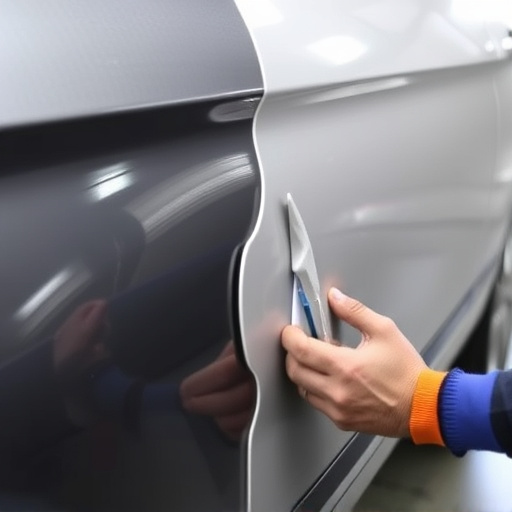
DIY bumper reinforcement repair is risky and can compromise vehicle safety. Professional mechanics u…….
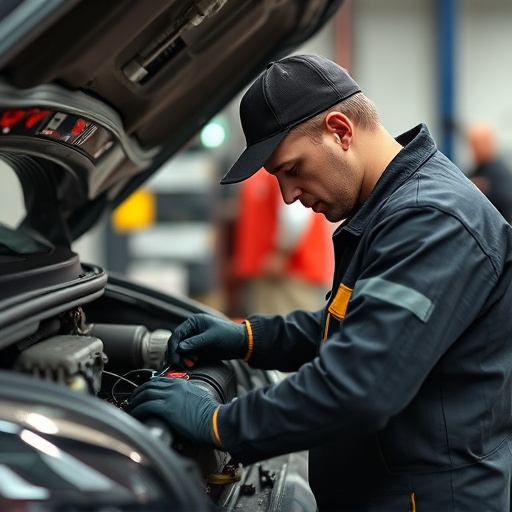
Bumper reinforcement systems are hidden yet vital safety components that absorb impact energy in col…….
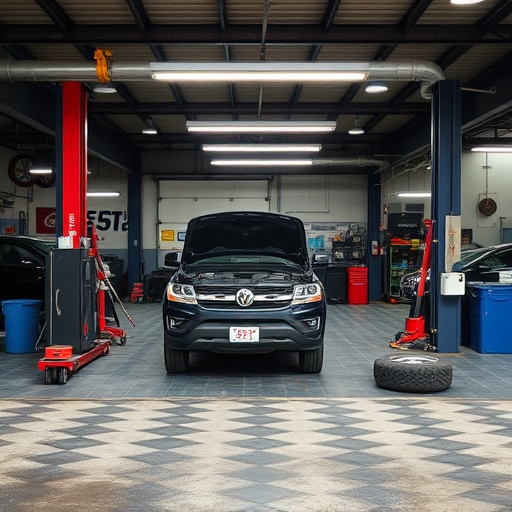
Prompt bumper reinforcement repair after collisions or minor damages prevents structural issues and…….

Bumper reinforcement systems, vital for vehicle safety, are repaired using advanced tools like laser…….
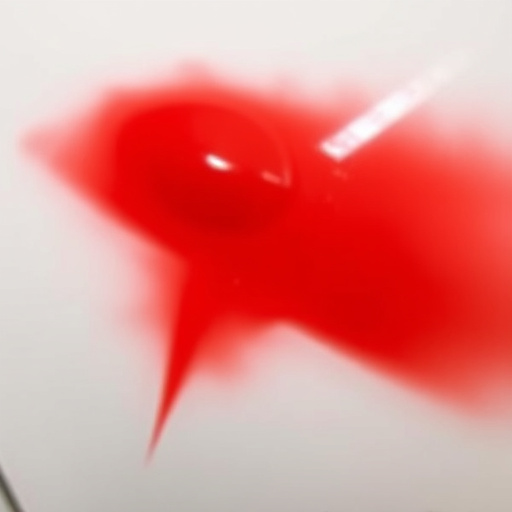
Bumper reinforcement damage, caused by minor collisions, can be swiftly assessed and repaired using…….

Bumper reinforcement repairs are crucial for vehicle safety and aesthetics, addressing structural da…….
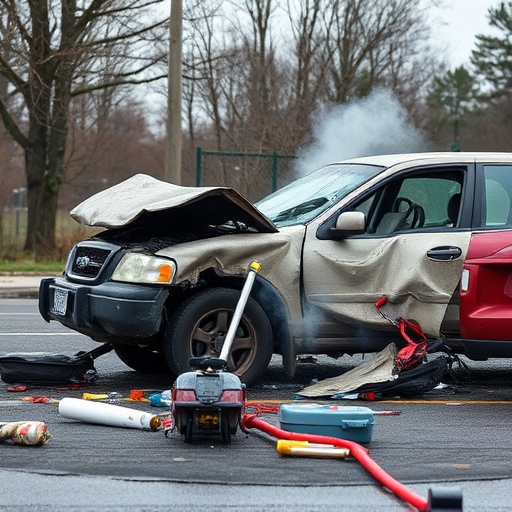
Prompt bumper reinforcement repair is vital if your bumper shows signs of significant impact or dama…….
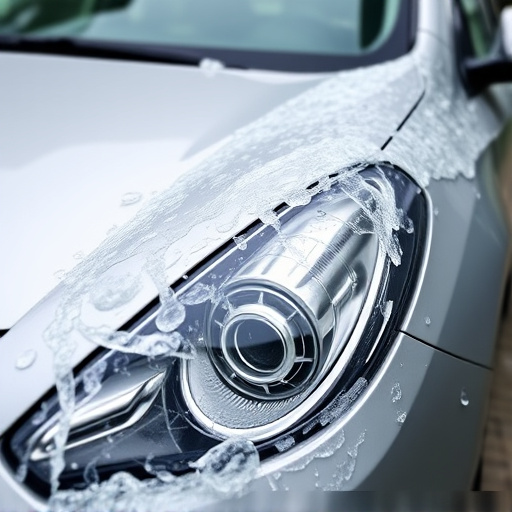
Significant visual damage or handling issues in your car indicate a need for immediate bumper reinfo…….